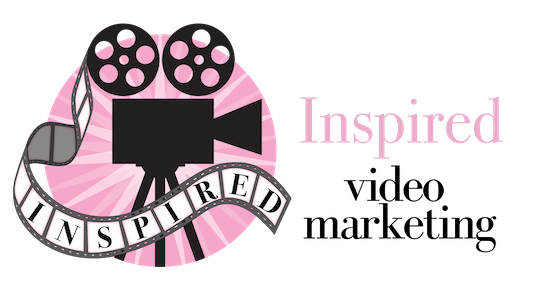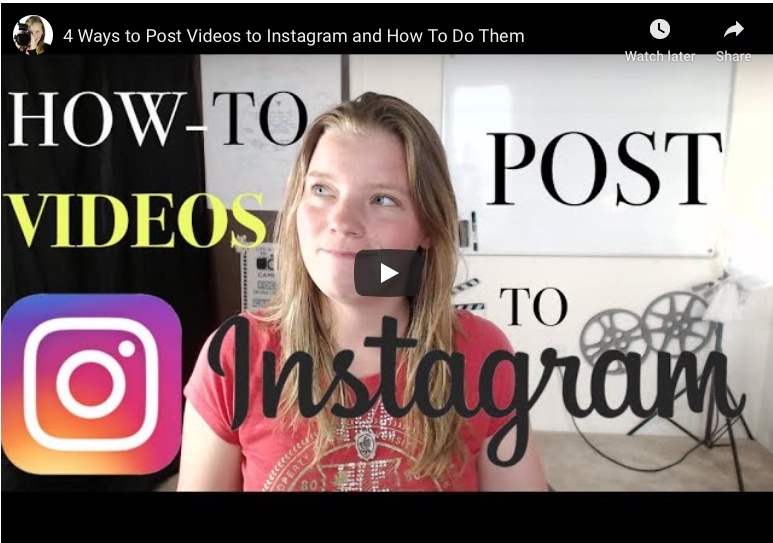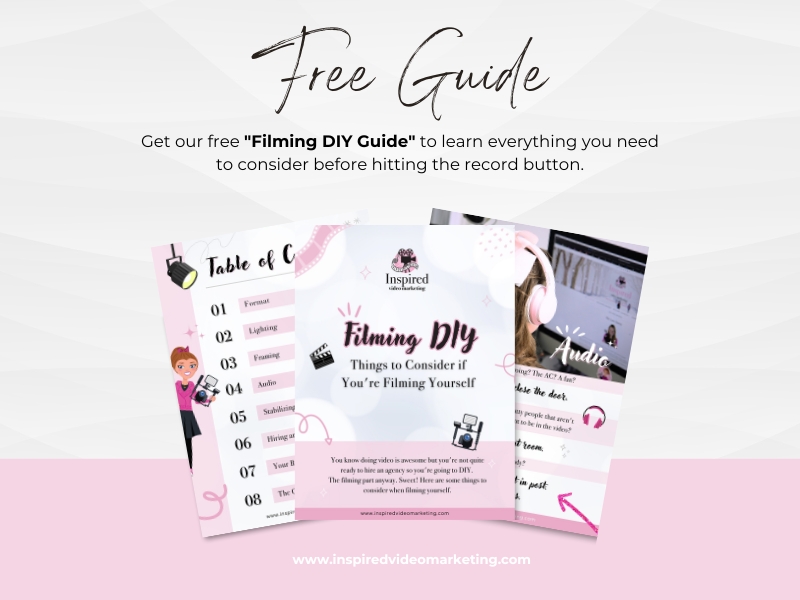I just got asked this question “I’ve noticed a lot of people using two cameras including a shot of themselves on the side when they’re actually facing the other camera, why?”

Great question! And it’s one I’ve taken for granted.
My answer was, “I do it because it looks cool!” But that’s not entirely accurate. Why does it look cool? Because it accomplishes something. Things make us feel certain ways BECAUSE there are deeper meanings, usually subconscious ones as to why we like them and why they resonate.
“That movie made me emotional!” – it sure did, but why? Because of the music, the timing, the way the shots were framed, the ability of the actors, the story-line, the camera movement and a whole HOST of other factors.
We like the result but there are reasons we do what we do and that is because we GET those results.
Okay, back to two camera. It looks cool, but why?
Here’s what I’ve learned in my experience, film school, watching movies and reading online about why and when we use two camera angles.

1.We use two camera angles to SHOW more of the story. Check out this testimonial I did. ^ The front image, you get a beautifully framed shot with her face and all the emotion behind it. We jump out to the second angle… and you can actually see some of what her emotion is from. You can see her dog in the shot. And THAT is one of the things she’s discussing in this video. Undercurrent – she’s ALSO discussing some of her favorite artists. Which, if you happen to know this (kind of an easter egg) when we jump to the second shot, you can see MORE of the art that they’ve done in the form of her table and custom shelves. The dog and the extra art, you just don’t get that if you stay in the close-up of her face.
2. We use two camera angles to disguise transitions. We don’t want to keep extraneous stuff in our videos. If something is there, it should serve a purpose. I once read that a video is not about what you ADD to the story, but about what you take away. So I’m always looking for what is extra and what can be cut from a video. Using two camera angles allows you to jump from one angle to the other to cut out stuff in the middle that might not be relevant. In the above video, I cut between the two shots but I took some material out from between them. Because I’m cutting between angles, it’s not as noticeable. If I had only shot with one camera and then cut out the material, you’d see the jumpcuts.

Now, jumpcuts are not bad, pretty much everyone uses them (see any Youtuber, like, ever) but they convey more of an “informal”/“raw” feel. (ALTHOUGH – jumpcuts are WORLDS better than leaving that unnecessary stuff in your videos. I and I’m sure many others are guilty of clicking away from a video when it’s just full of stuff that doesn’t need to be there.)
But if raw is NOT what you are going for, especially if you’re going for emotional or dramatic, a two camera angle cut can help you disguise what you’ve cut out.
(Side note: Also good for disguising is using B-roll. Cut to a picture or a video of something else)
3. We use two camera angles for variety. 60 seconds of someone’s face, un-moving, static, changing etc etc can be boring. Not always, but it can be. And with so much good content out there, ya kinda don’t want your videos to be boring. I find that cutting to a second camera angle helps this. If I don’t have extra b-roll, but I’ve got, like, 15 uninterrupted seconds of talking head, I’ll throw in a second angle to break it up. We are wired for these cuts, and something feels amiss if we don’t have them.
4. We use two camera angles for emotion. If you have a nice, standard, 1/2 torso and head shot, or ALL torso and head, this is good for most anything. But if the person starts talking about something emotional, you are GOING to want a close shot. You are going to want to show their face to really drive home how we as the audience should feel. If they are emotional, and you are still at that torso and head shot where their head is taking up, only, like, 1/10th of the screen, you are doing yourself and your audience and injustice. The emotional will just not weigh the same.

5. We use two (or three!) camera angles for interviews. Okay, I SO cheated on this one. But this is the gif that I thought of with the two angles for interviews. How I cheated, was I actually had only one camera, but I cropped in to make it look like 3 different cameras. The problem with this, clearly, is a loss of information and detail. When I crop in, you can see some of the loss of resolution as a 1080p video becomes 720 or lower. BUT! If we had wanted to make this better we would have had one camera capturing both women in a wide angle, then either two cameras – on focused on each woman OR one camera with a camera person panning between the two to whomever was talking.
6. We use two camera angles for performances. Early in my career, I was the second shooter filming a play. The setup was one camera in the center of the theatre to capture the whole stage, and I had another camera, with a lens that captured up close, to follow the action. What this accomplishes is back to everything we talked about above! Transitions, variety, redundancy, more of the story, just in a setting outside of interviews. When the person orchestrating went back to editing the footage, he was able to set the scenes with his wide angle of the stage, and then when characters were speaking or interacting, able to hone in on the action with my second camera. It would have been bad to have only one camera facing the whole stage (booooring!) or one camera trying to follow the action – sometimes, my camera focus wavered – (ick!) Or something happened outside of my frame that I didn’t see (like the Beast coming onto the stage – yes it was Beauty and the Beast). But having two cameras with two different functions allowed for a satisficed representation of the play. (I say that because BIG productions have like, 10 cameras. Same for pro-sporting events. On a lower budget with a smaller event, we satisfice– get the best product for the best value, maximizing what we can do – nothing necessarily extraordinary, but nothing wasted).
An easy-easy way to make our performance video better, without a ton of extra cost or time on the part of the shooter and editor is to have two cameras.
7. Finally, we use two camera angles for redundancy. Sometimes, poop happens. I’ve talked to wedding videographers whose SD cards crap out on them BEFORE they can transfer the footage. Ouch. Thankfully, the smart ones have redundancies. Camera one’s SD crapped, but they can make do with the footage they have on camera two and maybe some extra photos or b-roll. Things happen. Technology fails, and we can’t always fix it. But we CAN prepare and have plan b (roll) in place. (ha!) Two cameras help because if one goes caput for any reason, SD card glitch, the camera battery dies without you knowing, the recording stops without you knowing, you cannot get to that camera to adjust, the camera overheats, you lose the card, etc etc etc, at the very least, you have what’s on your second camera.
I’ll do a tutorial on how to set this up later, but I hope this was informative for you guys!
For those who already do it, I’m sure I missed some reasons why – why do YOU use two cameras? Leave a comment or share with your thoughts. 🙂
Anywho, stay inspired!
Katie






Leave a Reply